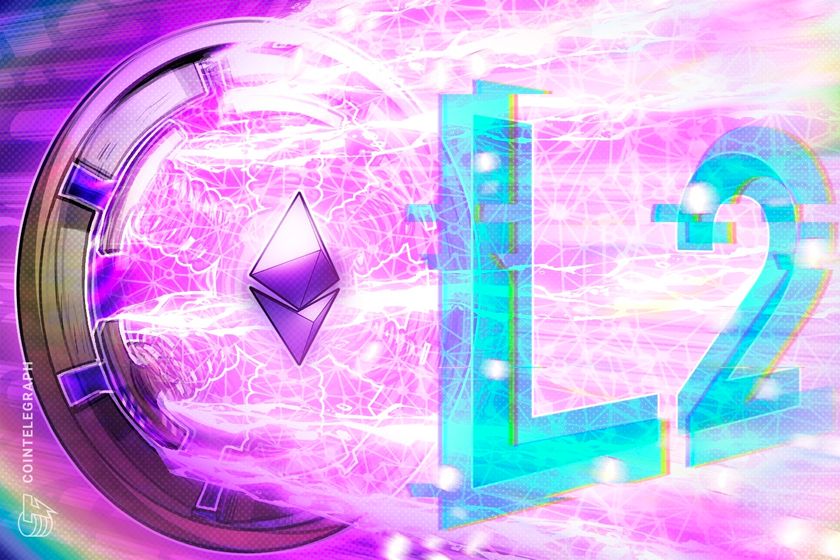

Ethereum’s deal with scaling by way of many layer-2 networks, every with its personal transaction processing velocity and parameters, doubtlessly provides the community a vast variety of distinctive high-throughput chains, in keeping with Anurag Arjun, co-founder of Avail, a unified chain abstraction resolution.
In an interview with Cointelegraph, Arjun acknowledged that Ethereum and high-throughput competitors with monolithic architecture are basically completely different merchandise. However, Ethereum’s option to scale by way of a plethora of L2 options provides it an missed high quality:
“The under-appreciated beauty of this rollup-centric roadmap architecture is that it allows multiple teams to experiment with different execution environments and different block times.”
This permits a various set of high-throughput sidechains to look reasonably than only one singular structure on any monolithic layer-1s, the manager added. However, with out true interoperability, switching between L2s will stay as complicated as bridging property between completely different blockchain ecosystems altogether, Arjun warned.
The Avail co-founder’s perspective runs opposite to the various critics of Ethereum’s L2-focused strategy, who say that the community’s scaling options silo liquidity and are finally corrosive to the bottom layer. Ethereum’s critics argue that L2s are one of many major causes of Ether’s (ETH) poor price performance within the final 12 months.
Related: Vitalik Buterin proposes swapping EVM language for RISC-V
Ethereum charges drop to five-year lows
Fees on the Ethereum layer-1 community dropped to five-year lows in April 2025, with the typical transaction payment sitting at round $0.16.
According to Brian Quinlivan, the advertising director for the Santiment onchain analytics agency, the discount in charges indicators decreased demand for the bottom layer and waning investor curiosity in Ethereum.
“This large reduction in fees coincides with fewer people sending ETH and interacting with smart contracts,” Quinlivan wrote in an April 16 weblog put up.
These sensible contract interactions embody transactions throughout decentralized finance, digital collectibles like non-fungible tokens (NFTs), and different digital asset sectors, the Santiment government added.
Ether’s declining base layer transaction charges and decreased retail curiosity additionally triggered many institutional traders to slash their Ether allocations and difficulty revised value outlooks for the second-largest digital asset by market capitalization.
Magazine: Make Ethereum feel like Ethereum again: Based rollups explained
Read MoreCointelegraph.com News
